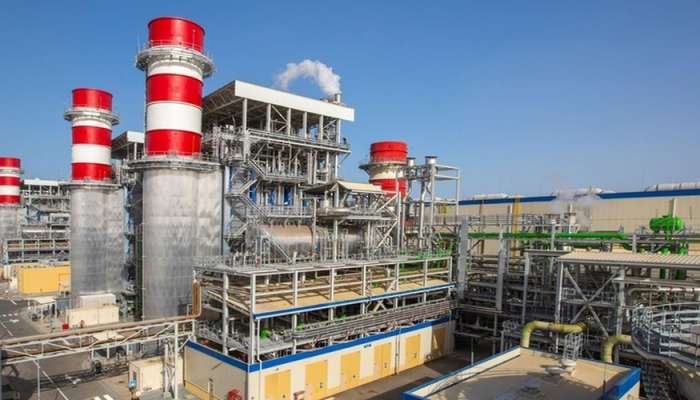The Sultanate of Oman saw a 1.4 percent increase in electricity generation from January to April 2024, totaling 11,196 GW/h compared to 11,036.5 GW/h in the same period in 2023. The governorates of North Al Batinah, South Al Batinah, and A’Dhahirah led in electricity generation with a total of 6,790.2 GW/h, while North A’Sharqiyah and South A’Sharqiyah recorded 2,586.9 GW/h. A’Dakhiliyah saw a 13.8 percent increase in electricity generation, while Muscat experienced a 0.9 percent decrease. Dhofar saw a significant 19 percent increase, but Al Wusta recorded a sharp 41.8 percent decrease.
Overall, Oman’s net electricity generation increased by 1.3 percent to 10,825.7 GW/h, with North Al Batinah, South Al Batinah, and A’Dhahirah seeing a 2.7 percent decrease, and Al Dakhiliyah experiencing a 13.8 percent increase. North A’Sharqiyah and South A’Sharqiyah witnessed a 4.1 percent increase, while Muscat saw a 1.1 percent decrease, and Dhofar had an 18.5 percent increase. Al Wusta experienced a 41.8 percent decrease in net electricity generation.
Regarding water production, the NCSI reported a 0.9 percent decrease in the total quantity of water produced in Oman, reaching 163,333,700 cubic meters by the end of April 2024. This reduction in water production may have implications for various sectors, including agriculture, industry, and domestic use.
The data indicates that despite fluctuations in electricity generation and water production, Oman continues to meet its energy needs. The increase in electricity generation in some governorates highlights the country’s ongoing efforts to enhance its energy infrastructure and meet the growing demands of its population and industries. However, the decrease in water production raises concerns about water scarcity and the need for sustainable water management practices in Oman.
As Oman looks to diversify its economy and invest in renewable energy sources, such as solar and wind power, addressing challenges in both electricity generation and water production will be critical. By investing in innovative technologies and sustainable practices, Oman can ensure a reliable and efficient energy supply while preserving its water resources for future generations.
Overall, the statistics on electricity generation and water production in Oman provide valuable insights into the country’s energy landscape and highlight the importance of sustainable resource management. With continued investments in renewable energy and water conservation measures, Oman can work towards a more resilient and environmentally-friendly future.











